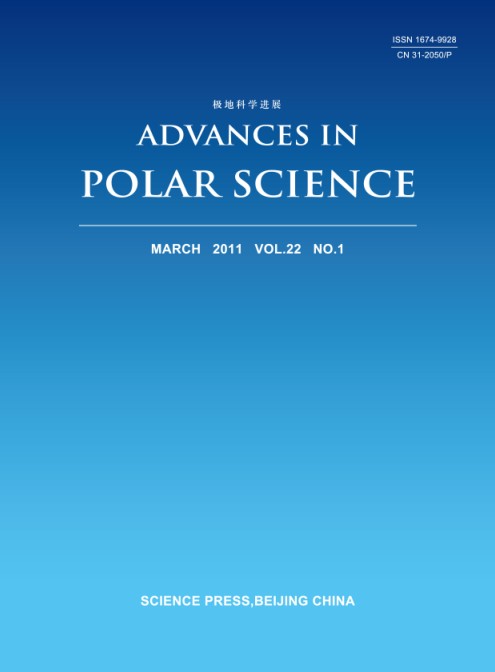The investigation of size-fractionated chlorophyll a and primary productivity were carried out in three longitudinal sections (63°-69°12'S), 70°30'E, 73°E and 75 (30'E) at December 18-26, 1998 and January 12-18, 1999 in Prydz Bay and its north sea area, Antarctica. The results showed that surface chlorophyll a concentration were 0.16-3.99 μg dm-3. The high values of chlorophyll a concentration (more than 3.5 μg dm-3) were in Prydz Bay and in the west Ladies Bank. The average chlorophyll a concentration at sub-surface layer was higher than that at surface layer; its concentration at the deeper layers of 50 m decreased with increasing depth and that at 200 m depth was only 0.01-0.95μg dm-3. The results of size-fractionated chlorophyll a showed that the contribution of the netplanktion to total chlorophyll a was 56% , those of the nanoplankton and the picoplankton were 24% and 20% respectively in the surveyed area. The potential primary productivity at the euphotic zone in the surveyed area was 0.11-11. 67 mgC m-3h-1 and average value was 2.00 ±2.80 mgC m h . The in-situ productivity in the bay and the continental shelf was higher and that in the deep-sea area was lower. The assimilation number of photosynthesis was 1.53±1. 11 mgC/(mg Chi a · h). The results of size-fractionated primary productivity show that the contribution of the netplanktion to total productivity was 58% , those of the nanoplankton and the picoplankton were 26% and 16% respectively. The cell abundance of phytoplankton was 1. 6 × 103 - 164. 8 × 103 cell dm-3 in the surface water.

